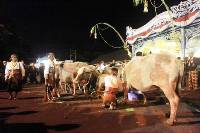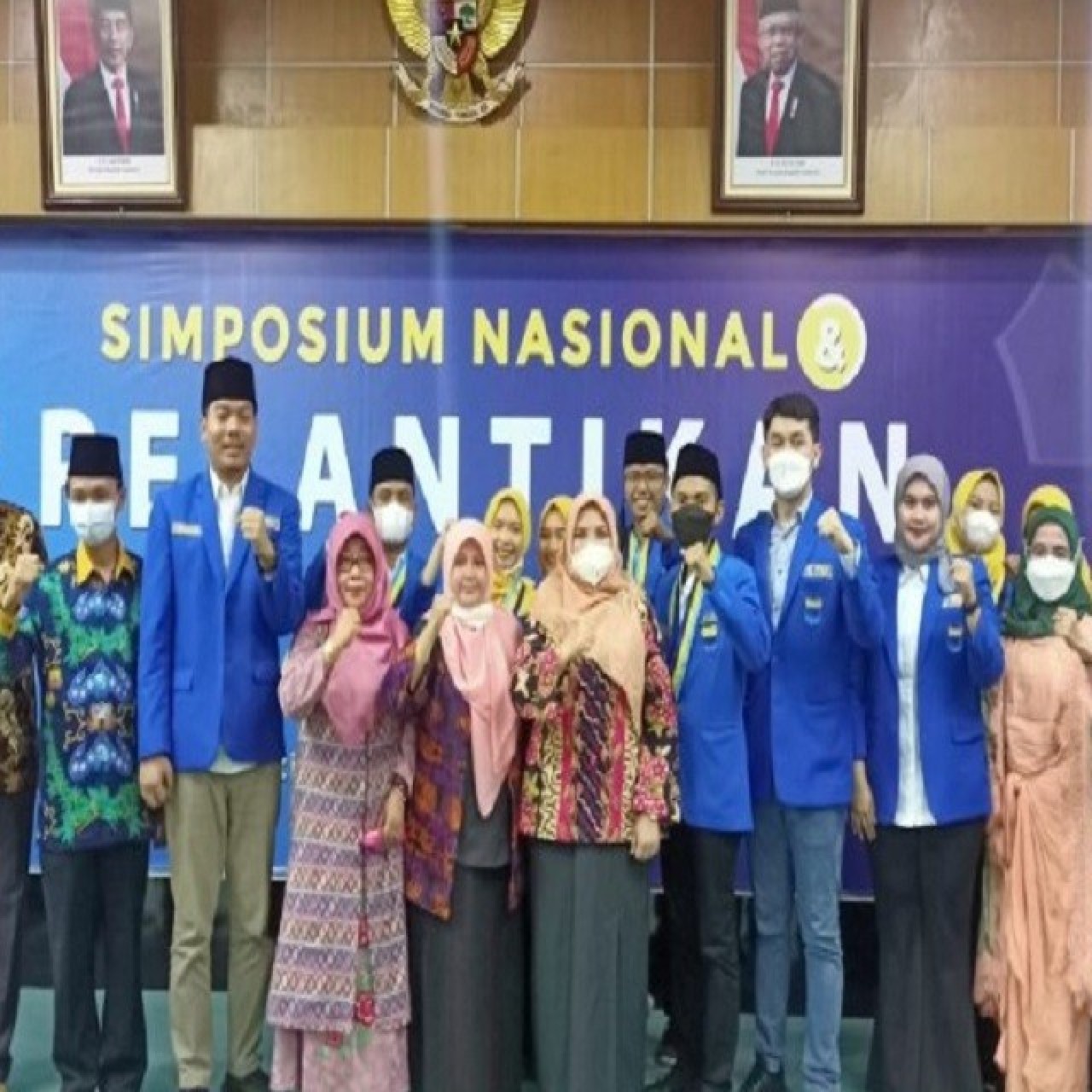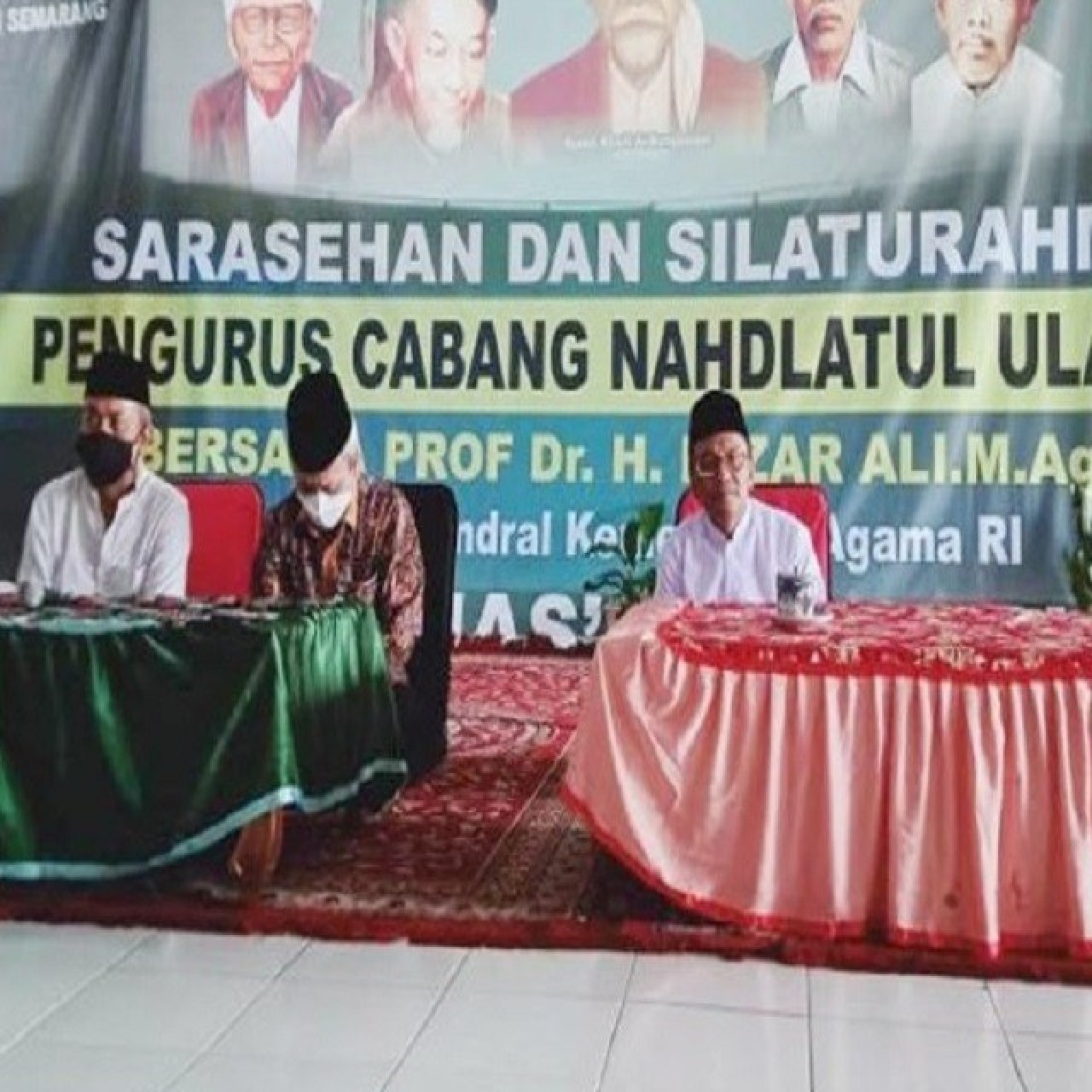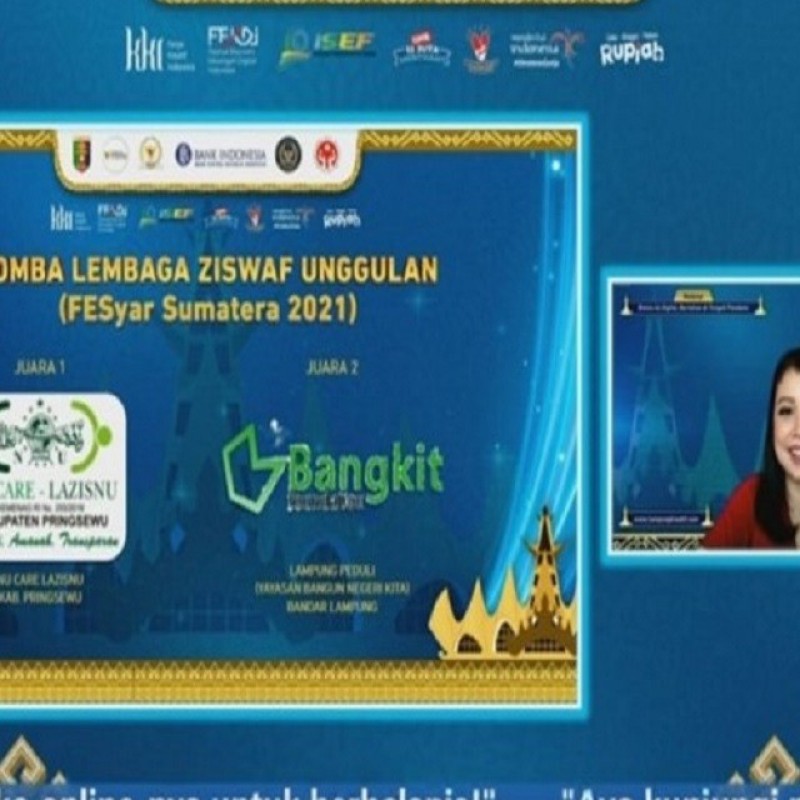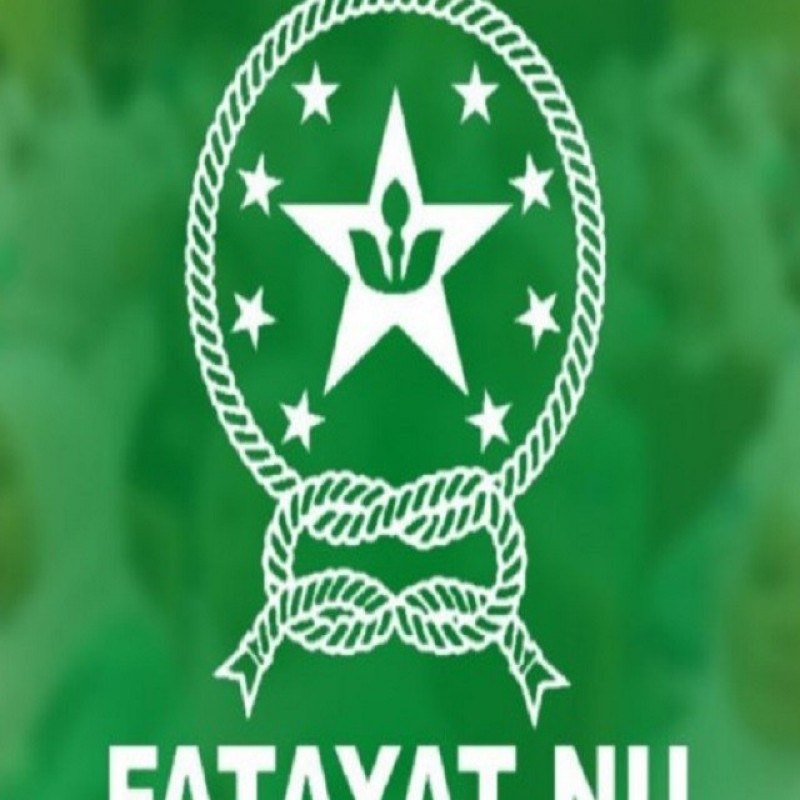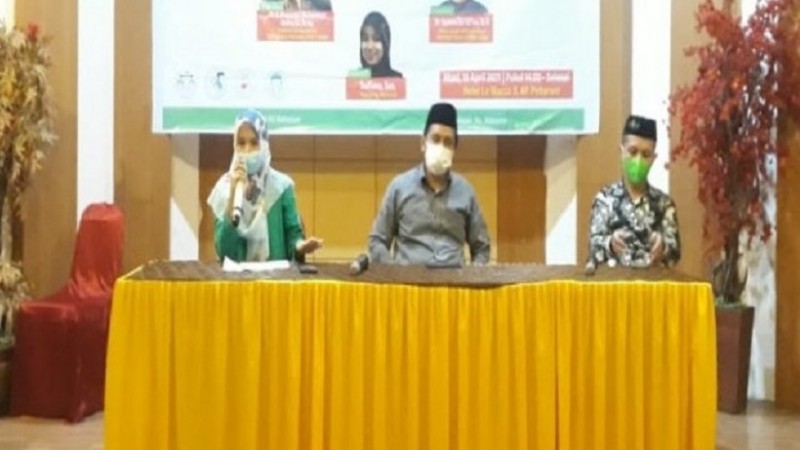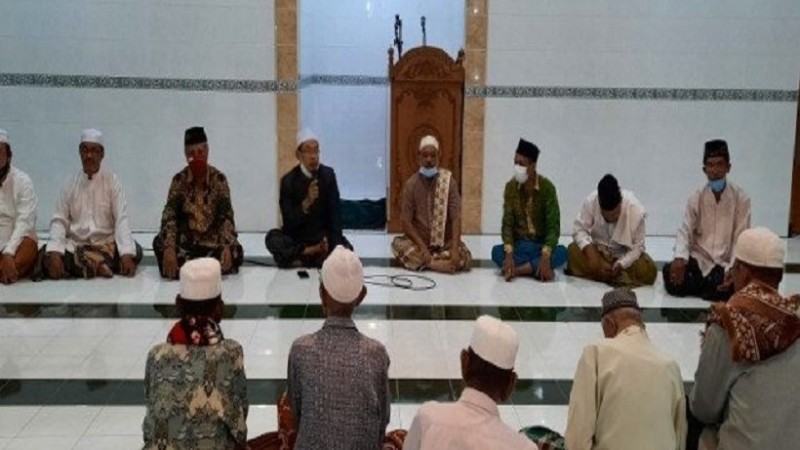Islamic New Year celebrated with joy and devotion
NU Online · Sabtu, 17 Oktober 2015 | 01:21 WIB
Yogyakarta, NU Online
Members of the Javanese community gathered this week in Surakarta and Yogyakarta to celebrate the first day of Muharram, popularly known as 1 Sura, the first month of the Javanese calendar, with joy and festivities.
<>
In the Central Java city of Surakarta, thousands of people gathered in front of the Surakarta Kasunanan Palace on Wednesday evening to join a ritual parade to celebrate the eve of the Javanese New Year, which fell on Thursday, according to the palace.
The visitors came not only from Surakarta, but also from neighboring Central Java cities like Wonogiri, Sukoharjo, Klaten and Boyolali, as well as the East Java cities of Ngawi, Madiun and Ponorogo.
Soon after midnight, the palace released its nine albino buffaloes, affectionately called kebo bule, to lead the parade.
Traditionally seen as sacred, the animals are a key element in traditional ceremonies such as New Year celebrations.
In fact, most of the parade participants attended the event to touch the buffaloes, in the belief that the sacred animals could give them blessings for a better life.
“Every 1 Sura, I always visit the palace to look for blessings from the kebo bule. It has been 20 years and I’ve never missed a single event,” 60-year-old Sujeni, a Boyolali resident, told The Jakarta Post.
During the parade, hundreds of people who walked behind the kebo bule even competed with each other to pick up the animals’ dung with their bare hands. Those who managed to get hold of some buffalo faeces secreted them away in plastic bags or bottles.
“I finally got some [dung]. Not much, but better than nothing,” said 47-year-old Supartono, smiling.
Supartono, who lives in Klaten, said he would keep the dung in his wife’s kitchen as an amulet for her food shop.
“I hope my wife’s food shop can see better business thanks to this amulet,” he said.
The Javanese New Year falls on the same day as the Islamic New Year, the first day of the month of Muharam in the Islamic calendar.
The coincidence of the Islamic and Javanese New Year was an invention of the third king of the Mataram kingdom, Sultan Agung Anyokrokusumo, and became effective in 1633, according to the Indonesian National Encyclopedia. He intended to unite a kingdom in which people were either Hindu or Muslim.
However, unlike in previous years, the Surakarta’s Mangkunegaran principality and the Surakarta Palace and the Yogyakarta Palace set different dates to celebrate this year’s Javanese New Year’s Eve.
While the Surakarta and Yogyakarta palaces celebrated the event on Wednesday, the Mangkunegaran principality preferred to hold a New Year parade one day early.
“The 1 Sura celebration does not just belong to the palace but also to the public. That’s why the event is held according to the national calendar,” KRMT Liliek Priyarso of Mangkunegaran principality said.
This year, the government set Oct. 14 as a public holiday to celebrate the Islamic New Year.
During Tuesday’s parade, six royal servants carried six sacred spears and four other royal servants carried a loji construction on a palanquin containing kris and bullet-proof vests — legacies of the founder of Mangkunegaran Palace.
The parade was closed with the so-called tapa bisu (silent march) ritual, with every light in the Mangkunegaran palace compound switched off at midnight. The ritual lasted for about an hour.
The same ritual was conducted by people in Tamantirto subdistrict, Bantul regency, Yogyakarta, on Tuesday night. They did so by mutely walked around the village while carrying tumpeng (cone-shaped rice) and other offerings.
After being blessed, the food and other offerings were paraded around the village in a mute march.
“No one is allowed to talk. They prayed in their hearts according to their respective faiths,” tapa bisu organizing committee head Abdul Syukur said on the sidelines of the ritual. (masdar)
Terpopuler
1
Khutbah Jumat: Refleksi Akhir Safar, Songsong Datangnya Maulid
2
Gaji dan Tunjangan yang Terlalu Besar Jadi Sorotan, Ketua DPR: Tolong Awasi Kinerja Kami
3
Membaca Pajak Lewat Kacamata Fiqih NU
4
KPK Tetapkan Wamenaker Immanuel Ebenezer dan 10 Orang Lain sebagai Tersangka Dugaan Pemerasan Sertifikat K3
5
Ekoteologi dan Siri' na Pacce: Etika Lokal Atasi Krisis Lingkungan
6
Gempa Magnitudo 4,9 di Bekasi, Terasa di Jakarta
Terkini
Lihat Semua

